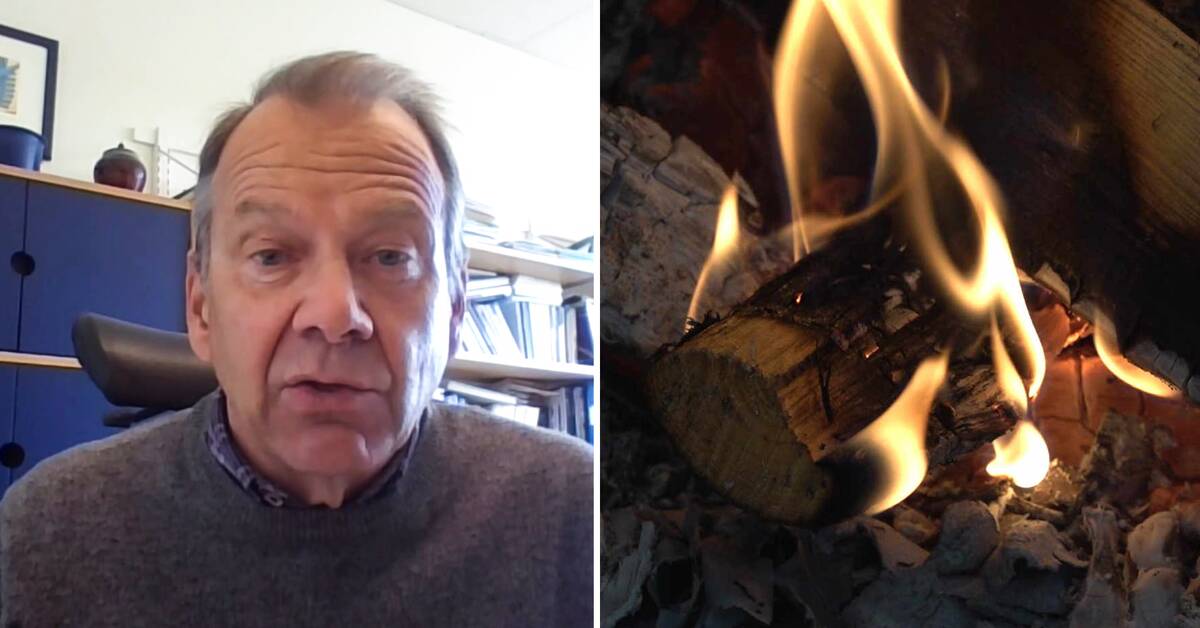The Swedish Environmental Protection Agency estimates that around 1,000 people per year die prematurely in Sweden due to emissions from wood burning.
And now a new Nordic study at Umeå University specifies how high particle concentrations from burning wood are estimated to lead to premature deaths.
Hear Bertil Forsberg tell more about the study in the feature above.
Bertil Forsberg, senior professor in the department of Sustainable Health at Umeå University, says that it is understandable that wood burning increases when the price of electricity soars.
At the same time, it creates problems, especially in densely built-up areas.
- There can be quite high concentrations if many fires are made with wood, especially if you have old equipment with high emissions, he says.
Great acceptance for wood burning
Older so-called space heaters are not as efficient as newer ones, and in 2019 the Housing Authority introduced stricter requirements for the new installation of, among other things, stoves and boilers, precisely to reduce particle emissions.
How you burn also plays a role in how much particles are released.
Older installations are not affected by the new requirements, even though they emit more.
- We accept much more ill health from wood burning than we do from other sources, and you can think about that.
When it comes to emissions from vehicles, for example, you can create environmental zones and say that "old diesel cars must not be driven in this area because then the air will be too bad".
One can imagine that the same principle should be able to apply to wood burning in densely built-up areas, says Bertil Forsberg.
Municipalities have limitations
It is the municipality that is responsible for the local air quality and several municipalities, including Örebro, have recommendations for how often and for how long you can have a cozy fire in your fireplace.
The local regulations rely on several guiding judgments in the Land and Environment High Court, which state that recreational burning means burning twice a week for up to four hours at a time in a densely built-up area.

